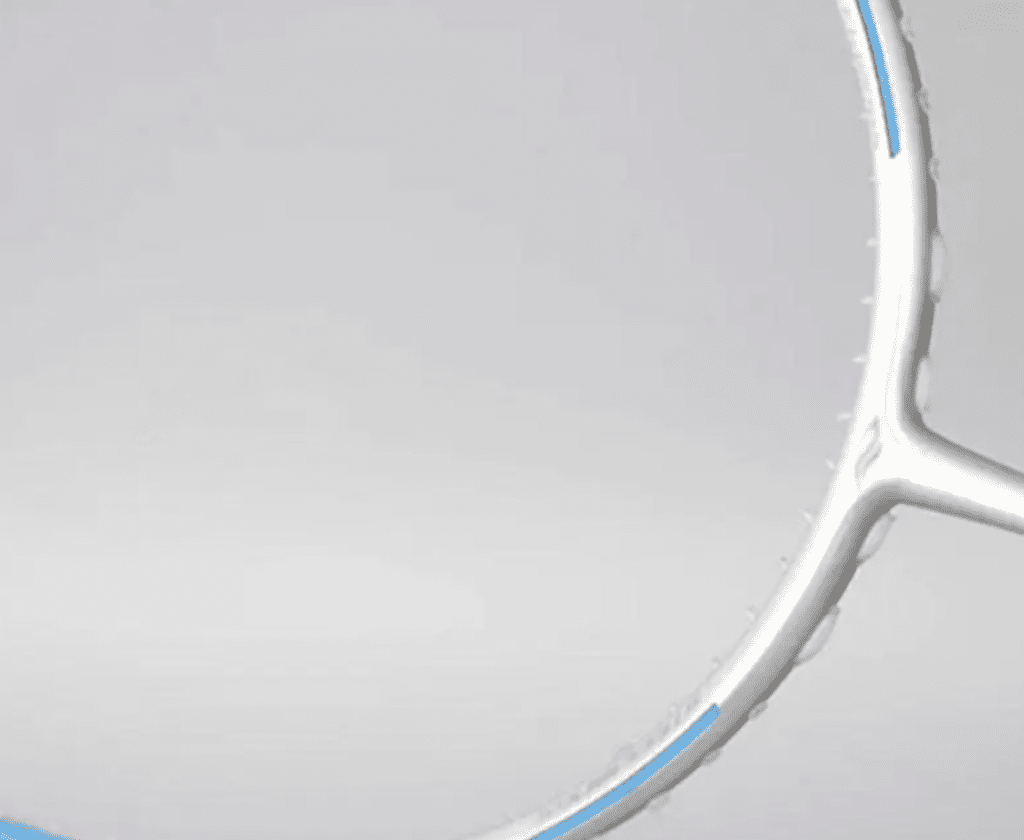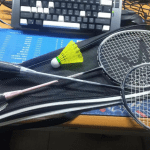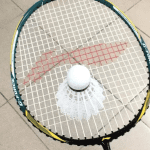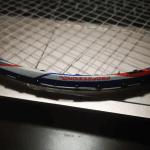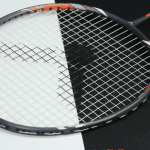
Badminton Racket Bonny J20 steel-wings Reviews
The mid-cycle refresh and iteration of a vehicle carry different meanings. During a model’s lifecycle, the more outstanding and promising the model is, the more attractive the mid-cycle refresh becomes, approaching a higher level of completion. However, when a model’s life cycle nears its end, iteration becomes a more meaningful approach—one represents a peak, while the other signifies a rebirth.
Bonny’s Steel Wing recently underwent a mid-cycle refresh, and I’ve been using this racket for quite some time. The change in its aura compared to the original color is so significant that it took me a while to adapt. However, it hasn’t yet reached its peak.

Specifications: 4UG5, with a grip, total weight in use 93.18g, balance point 294mm, shaft length 218mm, medium stiffness, aero frame, 76-hole string bed, 9-3 point string grooves, warranty for 30 lbs, strung at 25-27 lbs VBS69N.
Last year, the J20 Steel Wing, which performed well in the market thanks to the advantage of boron fiber, now comes with a new color scheme and new tuning. Since the new product has changed its appearance from the original silver-white to gold, I’ve grown accustomed to referring to it as “Golden Wing.” In fact, in terms of aesthetics, the only difference between the old and new versions is the color. The design patterns and stickers remain unchanged, so you can refer to the previous Steel Wing for the appearance description.
I forgot to take pictures after this test, so the pictures you see here are just for reference.

There are some changes in the configuration of the Golden Wing, the most notable being the fish-mouth cone cover, which somewhat resembles the Red Factory’s Thunder series. Although I do miss Bonny’s previous flat cone cover. On one hand, this cone cover reinforces the previous version’s smooth cone, which made it difficult for the thumb to stabilize during backhand power shots. On the other hand, the exposed recess also increases the shaft’s deformation length, bringing stronger rebound performance to the racket, which is commendable. The compatibility between boron fiber and the new elements is also worth looking forward to.
This change has made the Golden Wing quite forgiving, while the racket’s elasticity remains intact. With the shaft stiffness adjusted, the “swinging” feeling of the racket happens more easily. The light tone already makes the swing process smooth, and the shaft’s elasticity is more easily activated, so there’s no longer a need to apply extra force to overcome the hardness, as was the case with the original Steel Wing when playing high, far shots. Players who struggled with the original version of Steel Wing will find this a blessing.
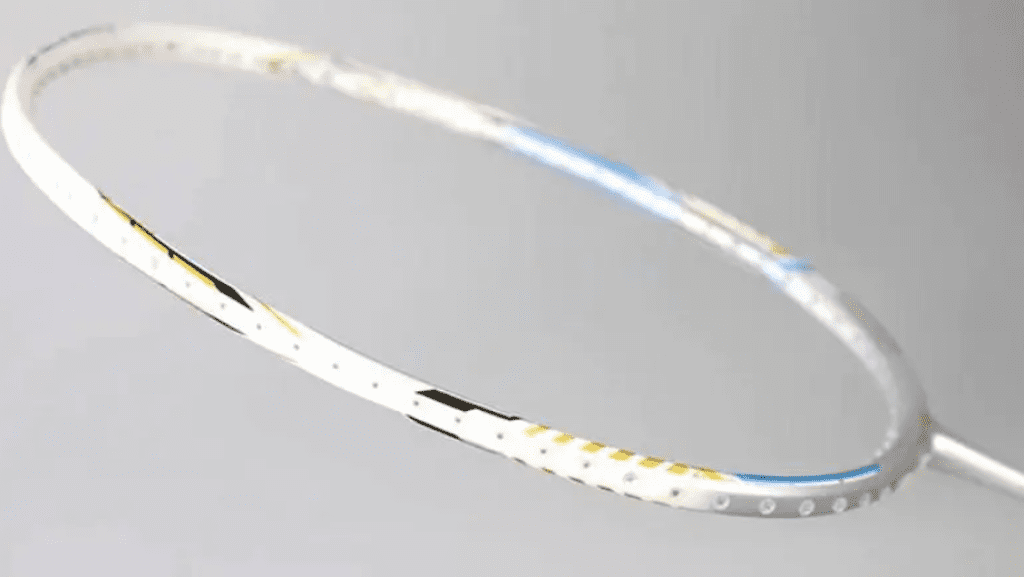
The most notable improvement is in handling passive shots. The previous issue where the short, stiff shaft and high-rigidity frame combination made it difficult to return the ball, often resulting in poor placement and vulnerability to net play attacks, has been resolved. No matter how aggressive the opponent’s pressure, the racket’s rebound to the baseline instantly evens out the situation.
The enhanced ball-holding feel of the Golden Wing has brought a significant change in its handling during rallies. Quoting a friend, the racket’s increased tolerance and sticky ball feel represent a “judgment time” change. The greatly improved release adjustment window has given the Golden Wing’s small ball control a surprising advantage, making net play more controllable. This allows for precise net maneuvers, forcing the opponent to lift the ball and giving teammates more opportunities to attack. Its lightweight and speed-oriented attributes still make the Golden Wing agile for intercepting shots and blocking at the net.

However, the racket’s slower ball response during fast-paced exchanges took me some time to adjust to. In defensive rhythm, trying to create opportunities for counterattacks through lateral play also felt a bit cumbersome.
For advanced users, the Golden Wing’s performance in backcourt smashes is indeed lacking in power. Although the reduced power requirement improves the racket’s continuity and endurance, the feel of each attack is somewhat soft. Even when there’s a chance to exert full power, it’s difficult to generate sufficiently threatening high-speed shots, leading to a feeling of underwhelming force. In scenarios requiring powerful smashes and precise placement over long distances, confidence can be lost.
Nevertheless, it should be acknowledged that this is also the most user-friendly racket Bonny has developed in its boron fiber series so far. For beginner players, this season brings a nearly perfect racket option that can be an excellent choice right from the start.
